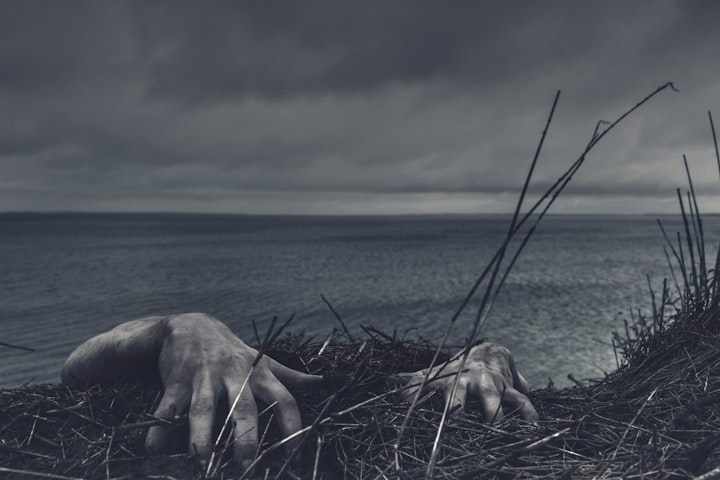A Filmmaker's Review: “The Bad Seed” (1956)
4/5 - Opening the door for indirect character development

I had read the book to this film a few years ago and I have seen the film only once before. I’m not going to lie that the first time I saw the film I didn’t think too much of it. It took me some time, maybe a few years, to think about what this film meant and how this film was imposing a viewpoint upon the audience and then, seemingly ripping it away. It is a mixture between the “Psycho” (1960) era horror film and possibly aspects of the storyline to “We Need to Talk About Kevin” (2007). A child suspected of murder by her mother is not reprimanded and neither encouraged, but as her mother tries to come to terms with her own inherited problems, there seems to be something darker hidden behind the route of child psychology, dream analysis and the ways in which a trait can skip a generation, hitting the grand-children the hardest. Filmed in brilliant style with amazing attention to key details, this black-and-white film may not have colour but has a hell of a lot of character.
With the acting being really key to our knowledge of character, both facial expressions and body language assume the ways in which we look at the differences not between the mother and her child but between the ways in which the other characters recognise the mother’s woes and worries. However, it is the way in which the child changes in accordance to who she is talking to and when that gives rise to how duplicitous this character really is. Contrasting between her grandfather, the cleaner and the land lady, there are some incredible and definite lines between how she interacts with all three of them and the ways in which she does so changes throughout the film. It ends with a talk to her father, seemingly to close her speech on a note that is worrying about the land lady. It defines the duplicity in her nature - presenting her as having traits of both a sociopath and a psychopath.
The first development of her character is seen through her teacher, when approached for the first time by the mother. It seems to show us that there are things that the teacher is hiding from the mother about the popularity of the child amongst her other classmates. This is not a direct development from the child as we never really see her with other children, but this is in fact, a development of the strangeness of her character. Not only through the teacher’s deviance from the question, but also through the fact that the teacher avoids the question as a fact. It is not the answer she gives the mother but rather why the teacher would avoid answering the question at all. It seems so that the teacher is trying not to worry the mother, but in fact, she is also trying to protect her own name and school against this child.
Conversations whilst the child is not present seem to also give rise to indirect character development. The ways in which the land lady Monica discusses the psychology of Sigmund Freud along with the mother, Christine and another two men seem to present the first worry to the mother about her own heritage and dreams. The way in which this is solidified is through another conversation she has with her father, all this while both conversations seem to willingly express the mother’s discontent for her position concerning her child. The conversation regarding the inability for compassion and empathy seem to hit hardest when explaining the dream sequence she had been having.
All in all the only thing about this film that would make it lose a mark in my books is the very abrupt ending to the film that seems to offer no real character development at all. However, the way the film is given to us through a number of indirect and seemingly disconnected conversations is actually quite advanced and seems to push along the will to horror and thriller film concerning the sociopath and the psychopath. The ways in which it is film as mostly being in the child’s home is fascinating as it solidifies our torment with this character and whether she is really the young, homely girl everyone thinks she is. The home acts as a refuge in which her mother promises that nobody can hurt her. But it may not always be true.
About the Creator
Annie Kapur
200K+ Reads on Vocal.
English Lecturer
🎓Literature & Writing (B.A)
🎓Film & Writing (M.A)
🎓Secondary English Education (PgDipEd) (QTS)
📍Birmingham, UK






Comments
There are no comments for this story
Be the first to respond and start the conversation.